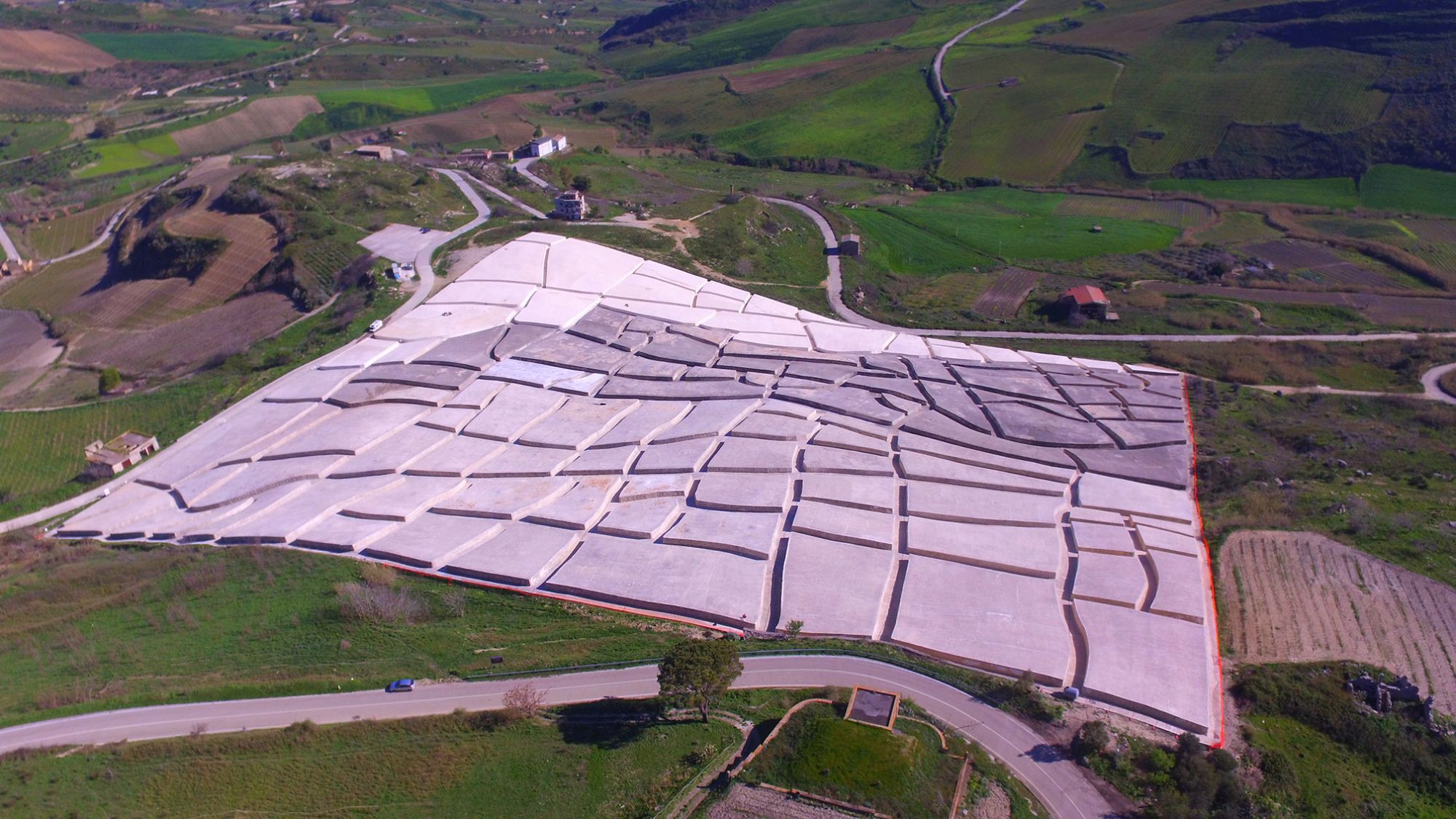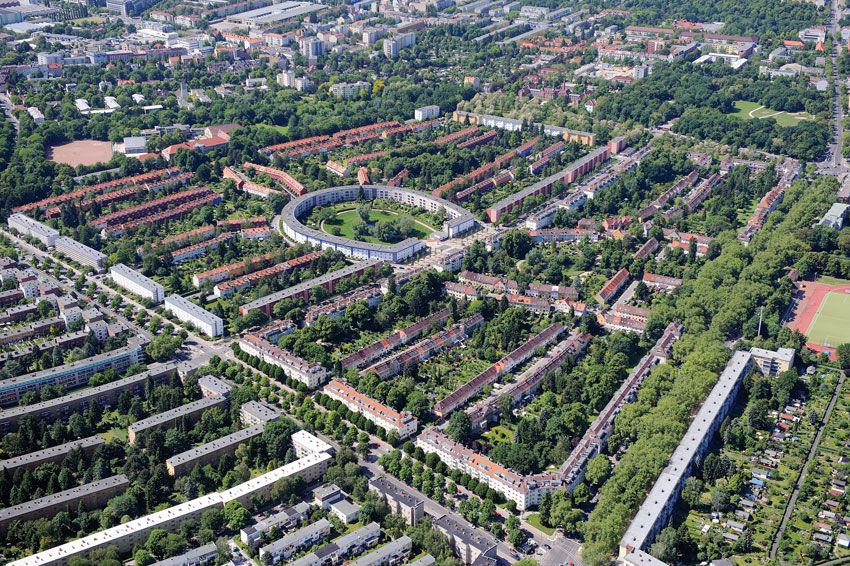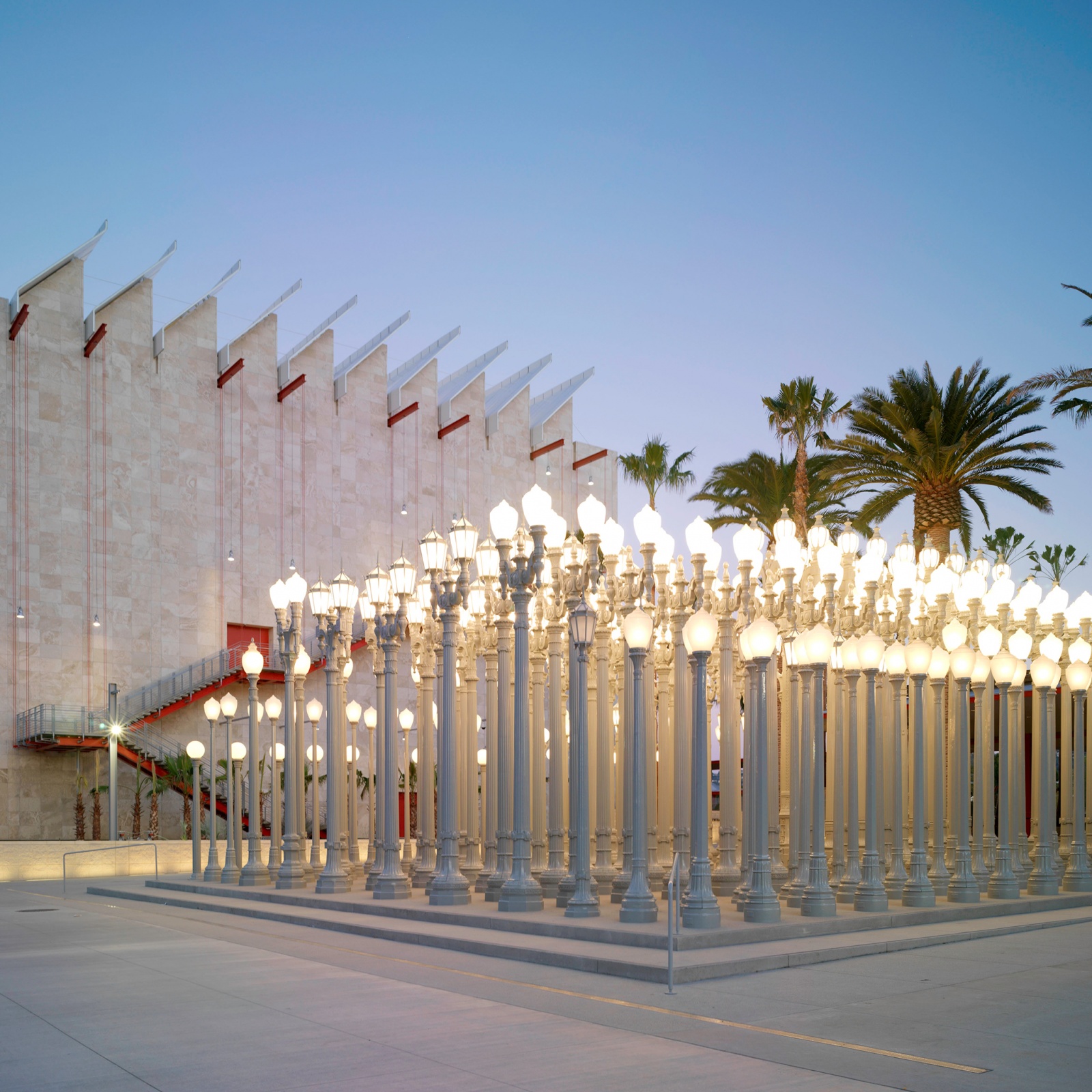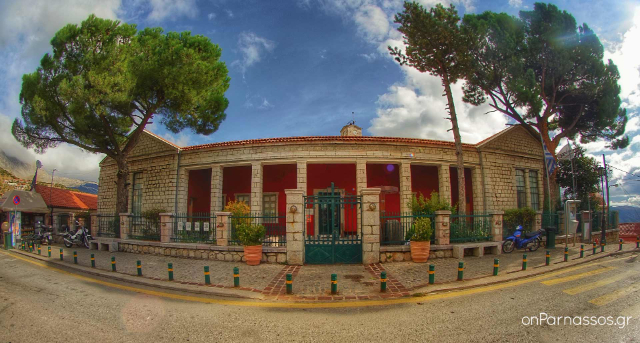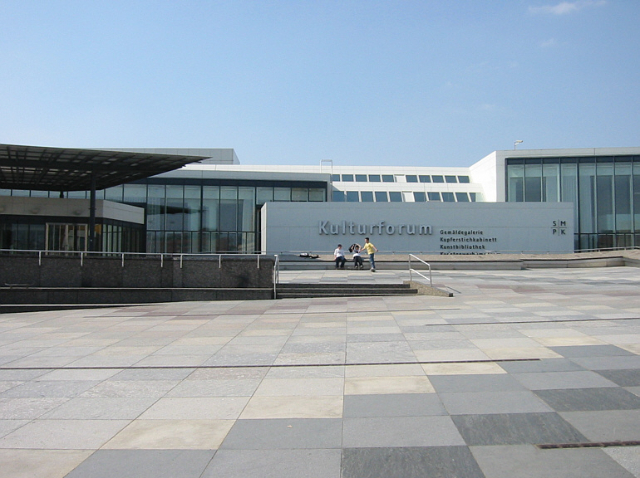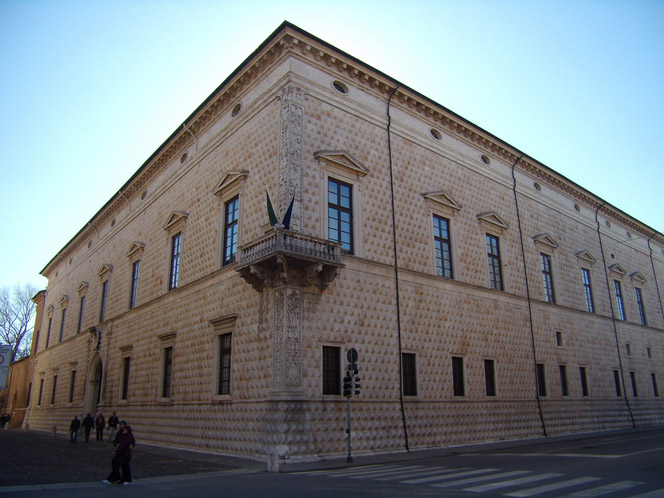We are in Sicily, in front of one of the most extensive works of contemporary art in history, created between 1985 and 1989 by the great artist and painter Alberto Burri. An enormous white concrete casting that, with a surface of 80 thousand square meters, extends on the place where the old Gibellina stood, the ancient city in the province of Trapani completely destroyed by the violent earthquake of 1968 in the Belice Valley. Burri’s Great Cretto, renamed Ruderi di Gibellina, is one of the rare examples of Land Art in Italy, now also considered among the most impressive in the world.
"We went to Gibellina with the architect Zanmatti, who had been appointed by the mayor to look after it. When I went to visit the place, in Sicily, the new town had been almost completed and was full of works. I’m not doing anything here for sure, I said immediately, let’s go and see where the old town stood. It was almost twenty kilometers away. I was really impressed. I almost felt like crying and I immediately had the idea: here, I feel that I could do something here. This is what I would do: let’s compact the rubble, which is a problem for everyone, let’s arm it well, and with the cement let’s make an immense white cretto, so that it remains a perennial memory of this event". So Burri described his first impact with the ruins of Gibellina.
